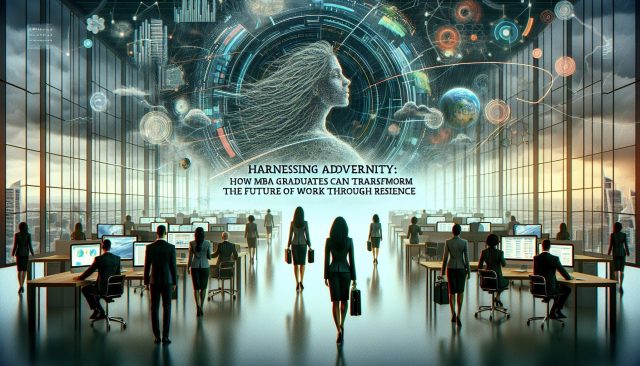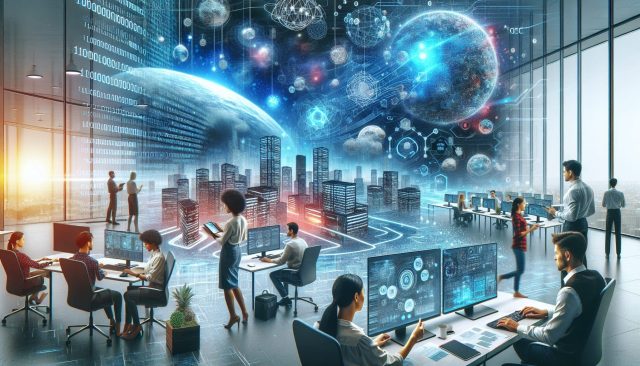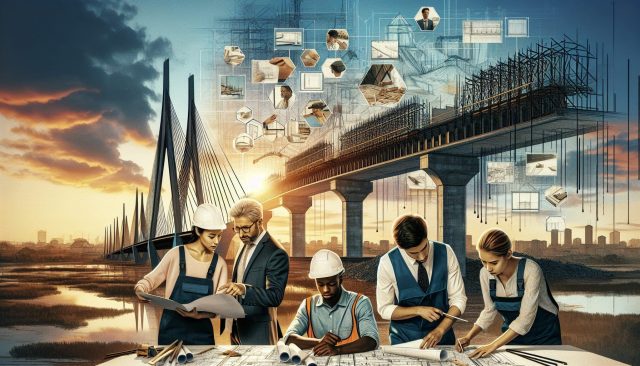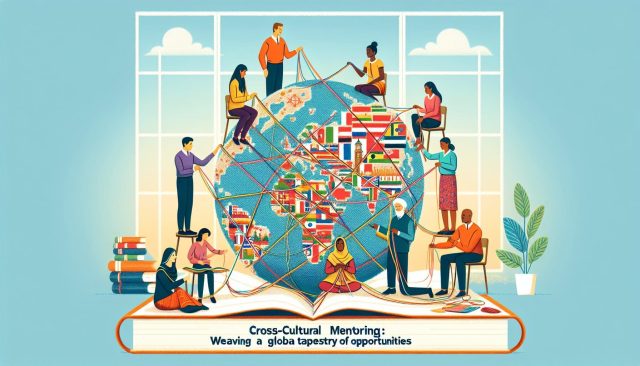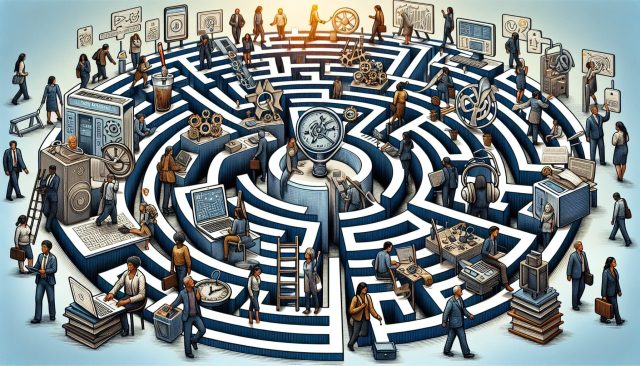The New Face of Industrial Action: Digital Strikes and Online Worker Mobilization
The New Face of Industrial Action: Digital Strikes and Online Worker Mobilization
In a world increasingly shaped by technology, the tools of labor activism are evolving at a rapid pace. Traditional picket lines and union halls are being complemented—and in some cases, replaced—by digital platforms and social media. The internet has become a potent force in organizing labor strikes, amplifying workers’ voices, and holding companies accountable in ways that were unimaginable just a few decades ago.
Recent strikes by Starbucks and Amazon workers offer compelling case studies of this digital transformation. These movements showcase the power of online platforms in fostering solidarity, mobilizing action, and shining a spotlight on corporate practices. At the same time, they reveal the challenges and opportunities that come with this new era of digital labor activism.
The Digital Transformation of Labor Activism
The rise of social media and digital communication tools has revolutionized how workers organize and advocate for their rights. Platforms like Twitter, Facebook, Instagram, and TikTok have become virtual town squares where workers can share stories, coordinate efforts, and rally public support. Messaging apps like WhatsApp and Slack are being used to organize behind the scenes, enabling workers to communicate in real time, often across vast geographical distances.
For labor strikes, this digital toolkit offers several key advantages. First, it allows workers to bypass traditional gatekeepers, such as union leaders or media outlets, and speak directly to the public. A viral tweet or a trending hashtag can draw attention to a labor dispute, turning it into a national or even global conversation. Second, digital platforms enable rapid mobilization, allowing workers to coordinate strikes and protests with unprecedented speed and efficiency.
Case Study: Starbucks
Starbucks workers have embraced digital activism as a cornerstone of their unionization and strike efforts. Social media has been instrumental in amplifying their voices, with workers sharing videos, photos, and personal testimonies about their experiences on the job. Hashtags like #StarbucksStrike and #UnionStrong have helped create a sense of community among workers while also rallying public support.
One notable example is the spread of solidarity videos on TikTok, where baristas post creative content highlighting their struggles and aspirations. These videos not only humanize the workers but also engage a younger, tech-savvy audience that is more likely to support labor movements.
Digital platforms have also been used to counteract corporate narratives. When Starbucks management has denied allegations of union-busting or poor working conditions, workers have responded with firsthand accounts and evidence shared online. This transparency has made it harder for companies to dismiss or downplay worker grievances.
Case Study: Amazon
Amazon, a company synonymous with rapid technological innovation, has also become a focal point for digital labor activism. Workers at Amazon warehouses have used platforms like Twitter and Reddit to expose unsafe working conditions, excessive productivity quotas, and retaliation against union organizers.
One of the most high-profile examples of digital organizing at Amazon was the formation of the Amazon Labor Union (ALU) at the Staten Island warehouse in 2022. The union’s success was due in large part to its innovative use of social media. Workers posted live updates from organizing meetings, shared compelling stories about their struggles, and used humor and creativity to engage supporters online.
In addition to organizing, Amazon workers have leveraged digital tools to hold the company accountable. For example, they have used social media to document unsafe conditions, such as extreme heat or lack of proper ventilation in warehouses. These posts often go viral, drawing attention from the public, media, and regulators.
Holding Companies Accountable
One of the most transformative aspects of digital labor activism is its ability to hold companies accountable in real time. When workers post videos or photos of poor conditions, those images can spread rapidly, creating a public relations crisis for the company. This pressure can lead to tangible changes, such as policy revisions or improvements in working conditions.
For example, during the Starbucks unionization wave, workers posted photos of broken equipment, unsanitary conditions, and understaffed shifts. These posts not only validated workers’ claims but also compelled Starbucks to respond publicly. Similarly, Amazon workers have used digital platforms to expose retaliatory firings, prompting legal challenges and public scrutiny.
Challenges and Limitations
While digital tools have empowered workers in many ways, they also come with challenges. One major issue is surveillance. Companies like Amazon and Starbucks have been accused of monitoring workers’ online activities to identify and suppress union organizing efforts. This digital surveillance can create a chilling effect, discouraging workers from speaking out.
Another challenge is the potential for misinformation. While social media can amplify worker voices, it can also spread false or misleading information, complicating efforts to build trust and solidarity.
Finally, digital activism often relies on access to technology and digital literacy, which can exclude certain workers, particularly those in rural areas or older demographics. Bridging this digital divide is essential for ensuring that all workers can benefit from these tools.
The Role of Public Support
One of the most encouraging aspects of digital labor activism is its ability to engage the public. Social media campaigns often invite customers and community members to join the cause, whether by boycotting a company, signing petitions, or showing up at protests. This broader support can be a game-changer, increasing the pressure on companies to address worker demands.
In the case of Starbucks and Amazon, public solidarity has played a critical role in sustaining worker movements. Hashtags, viral videos, and crowdfunding campaigns have drawn widespread attention and resources to these efforts, turning local disputes into national conversations.
Looking Ahead: The Future of Digital Strikes
The rise of digital labor activism marks a turning point in the history of workers’ rights. As technology continues to evolve, so too will the strategies and tools used by workers to advocate for change. From blockchain-based voting systems for union elections to AI-driven analysis of workplace conditions, the possibilities are vast.
For companies, the message is clear: the age of opaque labor practices is over. In a world where every worker has a smartphone and every grievance can be broadcast to millions, transparency and accountability are no longer optional—they are essential.
Conclusion
The digital age has given workers new ways to organize, mobilize, and demand change. From Starbucks baristas to Amazon warehouse employees, workers are leveraging social media and digital tools to amplify their voices and hold companies accountable. These efforts represent a new frontier in labor activism, one that has the potential to reshape the relationship between workers and employers.
While challenges remain, the optimism surrounding digital labor activism is well-founded. By embracing these tools and building on the successes of movements like those at Starbucks and Amazon, workers can continue to push for a fairer, more equitable future. The digital picket line is here to stay, and its potential for driving change is only just beginning to be realized.

















